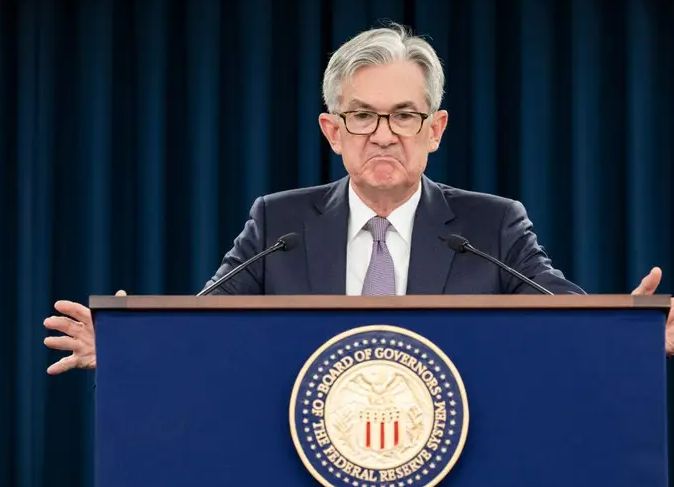Less than two weeks after the second-largest bank failure in US history, Federal Reserve Chairman Jerome Powell made it clear that inflation remains the top concern for policymakers. The Fed chief indicated that further tightening by the Fed could be expected following Wednesday’s rate hike and that the central bank would raise rates higher than anticipated if necessary. At a press conference, he also stated that policymakers did not expect to reduce rates this year.
Regulators are taking a calculated risk. Even though the recent banking turmoil is likely to slow the economy, but it is not expected to become a broader financial collapse. While their predecessors miscalculated in a similar calculation in 2007, regulators are counting on higher capital and liquidity standards to keep the system safe. Powell assured that regulators’ actions showed that “all depositors’ funds are safe,” as the banking system. One complication has arisen, however: During a Senate hearing at the same time as Powell’s press conference, Treasury Secretary Janet Yellen stated that regulators were not looking to provide “global deposit insurance.” Those comments contributed to a massive sell-off in stocks, with the KBW banking index sliding after a two-day rally, indicating ongoing nervousness about financial risks.
It is the most aggressive tightening of monetary policy in 40 years, and in going ever faster into restrictive territory, the effects are more difficult to measure. For example, if unemployment began to rise in an already fragile financial system, it could trigger loan defaults to low-income households, amplifying stresses within banks. One of the main takeaways is the uncertainty of the extent, duration, and impact of tightening banking loan standards. It is also noted that the decision was unanimous.
The market’s view contrasts with the Fed’s forecasts. The market now anticipates that the central bank will reverse its trajectory and begin to reduce interest rates. They are certain that the Fed will lower its rates in September to at least undo this week’s increase. Given the tightening of policy and the banking credit crisis, there is a good chance that the Fed will have to reduce rates faster than the market expects. Such is the reasoning of investors.
Indeed, Treasury bonds extended their rally after the Fed raised its benchmark rate by a quarter point. The US two-year yield fell seven basis points to 3.87% after Wednesday’s 23 basis point drop. The drop in two-year yields outpaced 10-year yields, again deepening the deeply inverted portion of the curve that many observers focus on as a recession indicator.
The Fed is standing firm, and investors continue to dream of better days that are far from coming.
